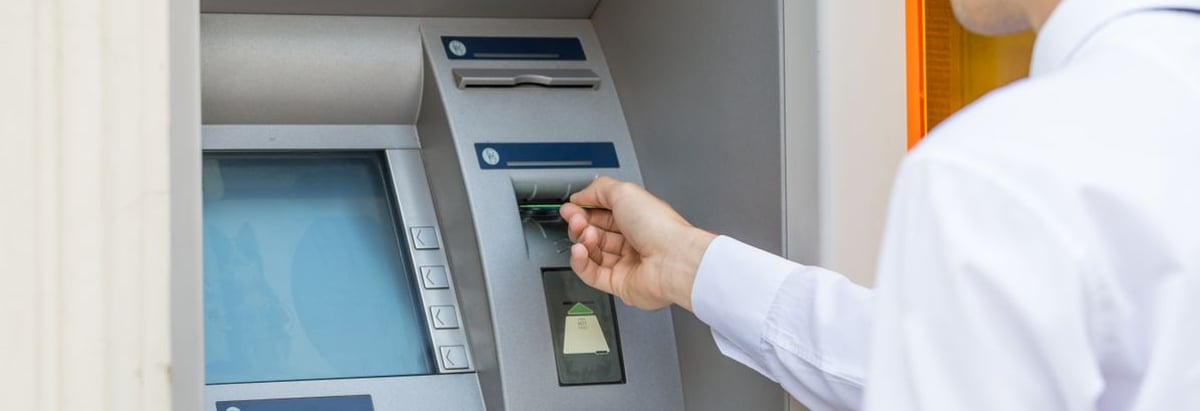If You Had Bought Banco di Desio e della Brianza (BIT:BDB) Shares A Year Ago You'd Have Made 70%

Passive investing in index funds can generate returns that roughly match the overall market. But one can do better than that by picking better than average stocks (as part of a diversified portfolio). For example, the Banco di Desio e della Brianza S.p.A. (BIT:BDB) share price is up 70% in the last year, clearly besting the market return of around 19% (not including dividends). That's a solid performance by our standards! Also impressive, the stock is up 32% over three years, making long term shareholders happy, too.
See our latest analysis for Banco di Desio e della Brianza
In his essay The Superinvestors of Graham-and-Doddsville Warren Buffett described how share prices do not always rationally reflect the value of a business. One way to examine how market sentiment has changed over time is to look at the interaction between a company's share price and its earnings per share (EPS).
Banco di Desio e della Brianza was able to grow EPS by 14% in the last twelve months. The share price gain of 70% certainly outpaced the EPS growth. So it's fair to assume the market has a higher opinion of the business than it a year ago.
The graphic below depicts how EPS has changed over time (unveil the exact values by clicking on the image).

It might be well worthwhile taking a look at our free report on Banco di Desio e della Brianza's earnings, revenue and cash flow.
What About Dividends?
As well as measuring the share price return, investors should also consider the total shareholder return (TSR). Whereas the share price return only reflects the change in the share price, the TSR includes the value of dividends (assuming they were reinvested) and the benefit of any discounted capital raising or spin-off. So for companies that pay a generous dividend, the TSR is often a lot higher than the share price return. We note that for Banco di Desio e della Brianza the TSR over the last year was 77%, which is better than the share price return mentioned above. And there's no prize for guessing that the dividend payments largely explain the divergence!
A Different Perspective
It's nice to see that Banco di Desio e della Brianza shareholders have received a total shareholder return of 77% over the last year. Of course, that includes the dividend. That's better than the annualised return of 8.8% over half a decade, implying that the company is doing better recently. Someone with an optimistic perspective could view the recent improvement in TSR as indicating that the business itself is getting better with time. While it is well worth considering the different impacts that market conditions can have on the share price, there are other factors that are even more important. To that end, you should be aware of the 2 warning signs we've spotted with Banco di Desio e della Brianza .
Of course Banco di Desio e della Brianza may not be the best stock to buy. So you may wish to see this free collection of growth stocks.
Please note, the market returns quoted in this article reflect the market weighted average returns of stocks that currently trade on IT exchanges.
If you spot an error that warrants correction, please contact the editor at editorial-team@simplywallst.com. This article by Simply Wall St is general in nature. It does not constitute a recommendation to buy or sell any stock, and does not take account of your objectives, or your financial situation. Simply Wall St has no position in the stocks mentioned.
We aim to bring you long-term focused research analysis driven by fundamental data. Note that our analysis may not factor in the latest price-sensitive company announcements or qualitative material. Thank you for reading.
About BIT:BDB
Banco di Desio e della Brianza
Provides banking products and services to individuals and enterprises in Italy.
Adequate balance sheet second-rate dividend payer.
Market Insights
Community Narratives



